So I'm very new at this blogging thing but I went to a conference and the speaker got me excited to start one! I am a Senior Dietetics student at the University of Northern Colorado and I love food! I hope to provide fun facts and nutritious recipes that are yummy!!
Since today is the first day of April I'd like to start with some colorful, flavorful fruits to get everyone excited for Spring!
Apricots
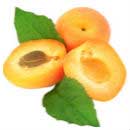
Apricots aid in digetion
and can also be used to
reduce a fever.
| |
Avocado

Avocados are full of
monosaturated fatty acids.
They are good for
increasing healthy
cholesterol and
reducing unhealthy
cholesterol.
|
|
Blueberries

Blueberries contain vitamin A vitamin C and vitamin E. It is also loaded with a lot of minerals such as potassium, manganese, and magnesium. They are rich in fiber and less in saturated fat, cholesterol and sodium.
| |
Cucumber

Cucumbers are a good
source of vitamins A, C,
and folic acid.
|
|
Currants

Currants contain a lot of Vitamin C and anthocyanins which helps in fighting against cardiovascular disease, eyestrain, aging, joint inflammation, kidney stones, urinary infections and even cancer.
| |
Cantaloupe

Cantaloupes contain large
quantity of vitamin A,
C and B6 among
various other nutrients.
They have also been shown
to prevent lung cancer.
|
|
Strawberries

Strawberries prevent the oxidation process in the body for free radicals. It also handles the heat, tighten the skin and prevent leukemia. It also has the effect of growth and curbs the happening of malignant tumors.
| |
Cherries

Cherries have powerful pain
relief benefits especially for
runners and other athletes.
It also has a considerable
impact on relieving muscle
and joint discomfort more
quickly. .
|
|
Figs
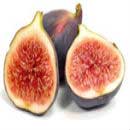
Figs are used to lower and control high blood pressure because they are filled with potassium, a mineral used to control hypertension.
| |
Rhubarb

Rhubarb is in fact a
vegetable, not a fruit. But we generally treat it as a
fruit, because of its high
acidity, but in some
cultures they use it as
vegetable in savory dishes.
|
|
Navel orange

Navel oranges are high in vitamin C and fiber.
| |
Nectarines
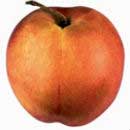
Nectarines are basically the
same fruit as Peaches,
the primary difference is that
nectarines are
smooth-skinned and peaches
are blurry. Nectarines provides a good source of carotenes,
flavonoids, potassium and natural sugars.
|
|
Papayas
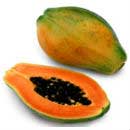
Papaya contain rich sources of antioxidant nutrients such as vitamin C, carotenes, and flavonoids. It is mainly useful for the prevention of atherosclerosis and diabetic heart disease. It is also used to treat a number of conditions such as allergies, chronic diarrhea, indigestion, hay fever and sports injuries.
| |
Pineapple
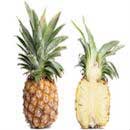
Pineapples are an
excellent source of
vitamin C and
manganese. It is
helpful in energy
making and
antioxidant
defenses.
Pineapples are
commonly used to
cure throat
infections, bronquitis and also be useful for women suffering from painful periods.
|
|
Raspberries

Raspberries are full of antioxidants and fiber.
| |
|
 |
|
No comments:
Post a Comment